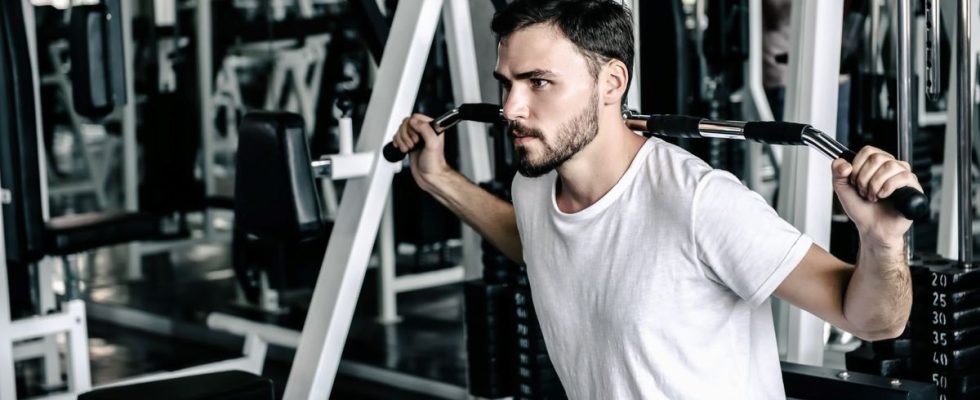Published on
Updated
Reading 3 min.
in collaboration with
Vincent Roche (Physiotherapist)
When you want to achieve a goal at all costs, you can schedule very intense workouts… sometimes pushing the limits of what is reasonable. What are the risks of overtraining? Update with Vincent Roche, physiotherapist.
Exercising regularly to stay in shape is a good thing. On the other hand, we must be careful not to fall into overtraining, which carries health risks. Let’s take stock of the issue, with Vincent Roche, physiotherapist at Kiné Kléber, in Paris.
Overtraining has a negative impact on health
We all know it: to stay healthy, you need to exercise regularly. But be careful not to cross the line between physical activity for your health and overtraining with negative consequences. Indeed, as reported in a publication from UCLA, the University of California Los Angeles in the United States, one of the negative consequences of overtraining is rhabdomyolysis.
“It occurs when, due to overwork, muscle tissue breaks down and releases proteins such as creatine kinase (CK) and myoglobin which can damage the kidneys. Symptoms of rhabdomyolysis may include muscle pain, significant weakness, dark, cloudy urine, and in severe cases, no urine flow.“.
According to Professor Niloofar Nobakht, a nephrologist cited in the article, “Exceptional rhabdomyolysis can occur after intense exercise and from high-intensity workouts during which the muscles are overused.. According to her, certain people, such as high-level athletes, firefighters or the military are more exposed to this risk, which is well treated if taken care of quickly.
So how can we train well, without risking overwork, which would put our health at risk? Doctissimo asked the question to physiotherapist Vincent Roche. According to him, a very widespread idea in the collective unconscious is that you have to train very hard to obtain results. “People have this idea in their head and either use it as an excuse not to train or as a goal they set for themselves but it’s not good either way.”.
To train well, several parameters must be taken into account: training technique, planning and recovery, which also helps prevent injuries.
“We must remember the basic rules: to train well, you must eat well, sleep well, hydrate and stretch” indicates the physiotherapist.
Is there a typical workout?
“No, it all depends on each person’s objective” adds the specialist. “You can want to stay in shape and walk twice a week, to feel good about yourself and your mind, or you can want to prepare for a 10 km race with your work colleagues, it’s not the same thing.. In the second case, a training program must be applied. “This means forcing yourself to run three times a week, for two months at a low pace, then increasing the intensity of the effort with other exercises… You have to mark out the training, give yourself a framework.” further specifies Vincent Roche.
Beware of pain, specific to each person
When you train you may feel pain. “It’s a mechanism that we all perceive differently, depending on our experience, our background… Some tolerate it better than others” explains the physiotherapist. “You must always listen to the sensations felt in your body, and pain is a signal to which we must adapt because it can slow down performance”.
In all cases, the health professional invites us to respect a training method with good recovery and respect for our limits. “This is the best way to progress. And watch out for aches and pains: if you feel them after an unusual workout, it’s normal, but if you feel them after every workout, it’s because you’re abnormally pushing your limits. he concludes.
Read also


